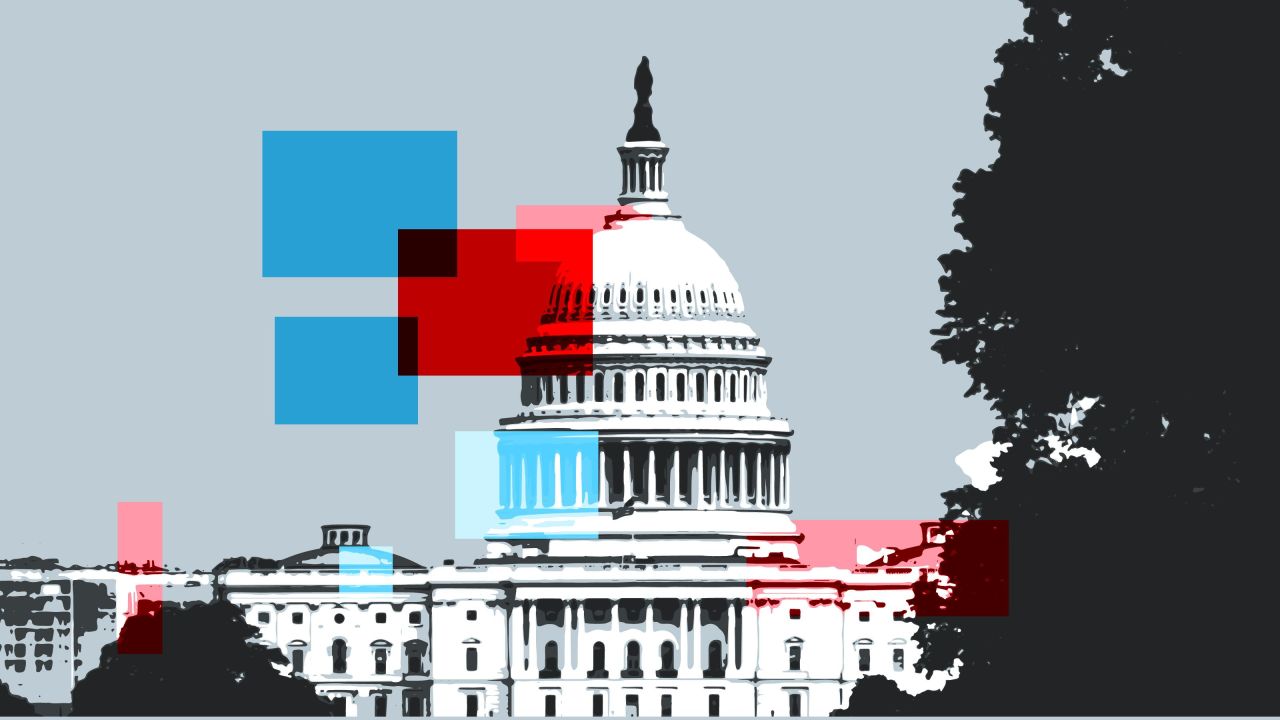As the world grapples with the rapid evolution of artificial intelligence, President Biden’s recently announced executive order (EO) on AI stands as a significant move toward regulating a technology that continues to advance at breakneck speed. However, while the EO has been praised for its breadth, critics argue that it lacks the depth necessary to address the complex and often ominous issues surrounding AI. With an international summit on AI safety just around the corner, the decision to formalize this order raises crucial questions about the future of AI governance in the U.S. and worldwide.
The Scope of the Executive Order
The Biden administration’s EO aims to establish a framework for AI safety and security, emphasizing voluntary practices that many companies have already begun to implement. This approach reflects a cautious stance, as the administration treads the line between wanting to foster innovation and recognizing the potential risks associated with the technology. While it lays out essential guidelines and best practices, the EO does not replace the robust legislative framework many experts believe is essential.
The Legislative Gap
As many stakeholders point out, the effectiveness of this executive order is inherently limited without accompanying legislation. The lack of comprehensive laws specifically addressing the complexities of AI means that the EO may merely serve as a temporary measure. For instance:
- Undefined Regulatory Boundaries: There is still significant ambiguity around what aspects of AI should be legislated and which should be left to state law or specialized agencies. This uncertainty creates challenges for both regulators and companies navigating this evolving landscape.
- Resource Limitations: Experts like Paul Barrett argue that the federal government may lack the necessary resources to thoroughly assess the vast intricacies of AI technologies, akin to the stringent evaluations required for pharmaceutical products or airplanes.
- Potential for Inadequate Oversight: Many believe the existing legislation for tech companies is insufficient, raising concerns that without new laws, the EO may not be robust enough to safeguard against vulnerabilities in AI.
Safety vs. Innovation: Striking a Balance
Sheila Gulati highlights the need for a risk-based approach that prioritizes the explanation of AI decisions and focuses on areas susceptible to harm or bias. The danger lies in crushing innovation by imposing overly stringent regulations on startups and emerging technologies. Therefore, establishing a balance between promoting innovation and safeguarding citizens becomes paramount.
International Implications and the Race for AI Governance
The timing of the executive order raises additional questions about U.S. diplomacy in the realm of international AI regulation. By unilaterally introducing this EO ahead of a U.K.-hosted summit on AI, the Biden administration may be signaling a proactive stance in global AI discussions. As legal expert Bob Cattanach points out, this move could sidestep important collaborative processes already taking place in the EU, which may complicate diplomatic relations. Cooperation across nations is crucial for creating a cohesive approach to AI regulation, given its borderless nature.
Looking Forward: What Comes Next?
As stakeholders assess the implications of Biden’s EO, the conversation continues to evolve. Key figures, including Senator Mark Warner, acknowledge that while the decree represents a positive step forward, further legislative measures are essential for comprehensive governance of AI. Equally, experts advocate for a more focused development of regulatory frameworks that evolve alongside technology rather than attempting to keep pace after the fact.
Conclusion
This executive order is undoubtedly a noteworthy movement in the landscape of AI regulation. However, it largely operates as a stopgap measure that underscores the urgent need for cohesive and comprehensive legislation. Without adequate federal oversight and collaborative international effort, the progress made through this EO may be limited in its ability to respond to the rapid changes in AI. The journey toward establishing a functional regulatory framework for AI promises to be difficult, but it’s a journey that must commence now. For more insights, updates, or to collaborate on AI development projects, stay connected with fxis.ai. At fxis.ai, we believe that such advancements are crucial for the future of AI, as they enable more comprehensive and effective solutions. Our team is continually exploring new methodologies to push the envelope in artificial intelligence, ensuring that our clients benefit from the latest technological innovations.

